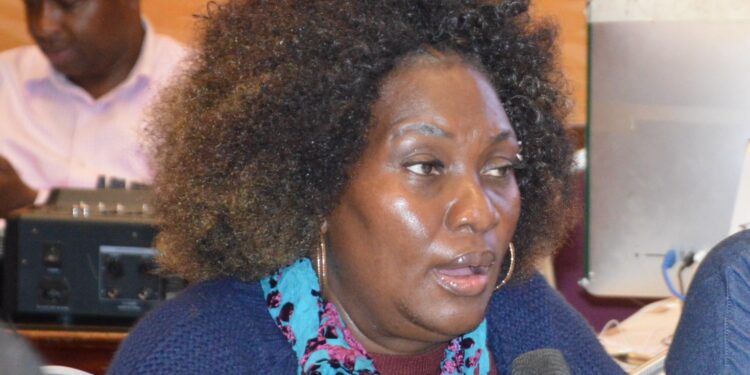Controversy continued to stalk the Trust Fund for Victims’ proposed assistance for a section of the victims and survivors of the 2007/2008 post-election violence in Kenya.
The bone of contention seems to be the choice of the location of the beneficiaries of the fund’s post-election violence (PEV) sexual and gender-based violence (SGBV) programme. The Trust Fund for Victims (TFV) has proposed to locate the activities in Nakuru, Nairobi, Western, Meru, and Mombasa, while ignoring parts of the North Rift region, which was the epicentre of the violence, and other areas that bore the brunt of the attacks.
The fund’s explanation is that it could not find the right organistions to carry out the work in the areas that were most affected. The project proposes to provide physical and psychological rehabilitation, as well as material support to the Kenyan victims and their families.
“In our scope of work, we indicated a number of areas, including the Rift Valley. However, we did not receive any response from interested organisations that were capable of delivering that service in that area,” said Scott Bartell, the Programme Manager at TFV read more here.
He explained that the organisation that was eventually selected, which he described as “the strongest candidate and most capable”, did not have a presence in all the affected locations. “We have to work with the applications we received,” Bartell said.
However, two members of two CSO consortiums dealing with post-election violence SGBV do not agree with the assessment. They said although their proposals contained the names of the regions that were most affected by the PEV, they have yet to receive a response from the trust fund.
“Our proposal included Eldoret (in the North Rift) as one of the areas that would benefit. We also had Western Kenya, Nairobi, Mombasa, Nakuru, and Naivasha. In partnership with a number of CSOs that have been working on the issue of survivors of sexual violence, we said we would also target specific areas – Likoni in the Coast region, and Nyamira, Busia, Kisumu Vihiga, Kisii, Migori, Homa Bay, and Siaya in Nyanza and Western provinces,” said Betty Okero, Team Leader at the CSO-Network.
Joanne Mutonga, a programme officer at the Kenya chapter of the International Commission of Jurists, said her organisation had teamed up with Physicians for Human Rights to responded to the TFV call. They submitted their proposal, which had the area of focus as Nairobi, on July 30, 2021.
The organisations also expressed concern about the lack of feedback from TFV.
“Although we have been waiting, we have not received any response from TFV, even to tell us that our application was unsuccessful,” said Okero.
“So far, we have received only one response from the fund – that the assistance programme will be established in Kenya,” Mutonga said.
News of the proposed TFV programme, which first broke in May, 2022, has been met with scepticism among stakeholders in Kenya. First is the length of time the TFV has taken to act on the case of the Kenyan victims – more than 14 years since the violence happened. Then there are the locations of the proposed activities, some of which were not affected.
Jacqueline Mutere, the director of Grace Agenda, a non-governmental organisation dealing with PEV SGBV, was puzzled why areas that had suffered a high level of violence – such as Mt Elgon, Uasin Gishu, Nyamira/Kisii, Kisumu, and Busia – had been excluded. She asked why some areas, such as Meru, were on the TFV’s list. “It wasn’t even a hotspot,” she said.
Human rights lawyer and transitional justice expert Njonjo Mue shared her sentiments, asking why the North Rift region is not listed among the areas to benefit from the TFV projects. He questioned the assessment criteria of picking the beneficiary areas – Nakuru, Nairobi, Western, Meru, and Mombasa.
“Meru and Mombasa are very odd and should not be on the list,” he said.
Reparations and assistance for the victims of Kenya’s post-election violence have for many years been a sore spot. Sexual violence victims have particularly been affected, missing out on government measures to resettle and assist other categories of survivors. On March 26, 2015, their hopes were raised when President Uhuru Kenyatta, in his State of the Nation address, apologised to victims of historical injustices. This is one of the recommendations of the Truth, Justice and Reconciliation Commission. He also announce a fund of Ksh10 billion ($84.6 million at current exchange rate) to provide “restorative justice” for victims of the post-election violence. However, the fund has yet to materialise.
The Kenyan government has been accused of failing to act on the recommendations of the report of the Commission of Inquiry on Post-Election Violence, which said 405 people died from gunshot wounds and some 900 women suffered sexual violence.
On February 20, 2013, six female and two male survivors filed a constitutional petition, seeking to hold the Kenyan government accountable for sexual violence in the post-election period.
On December 10, 2020, on International Human Rights Day, High Court Judge Weldon Korir awarded Ksh4 million each to four survivors of SGBV as general damages, stating that their constitutional rights had been violated. The judgment was the first to acknowledge victims and survivors of gender-based violence of the 2007/2008 post-election period.
In March, 2022, Kenya’s Chief Justice Martha Koome launched the first-ever special court to handle sexual violence cases,.
She said the court, located at the Shanzu law courts in Mombasa, will adopt a “survivor-centred” approach and have specially trained prosecutors and support staff.
“The SGBV Court is a reinforcing prompt of the urgency to align the criminal justice system towards a coordinated structure that preserves the dignity of victims and enhances fair trial within the tenets of the constitution,” she said.
Related article:
https://jfjustice.net/hope-at-last-for-kenyan-victims-but-is-tfvs-planned-support-enough/







